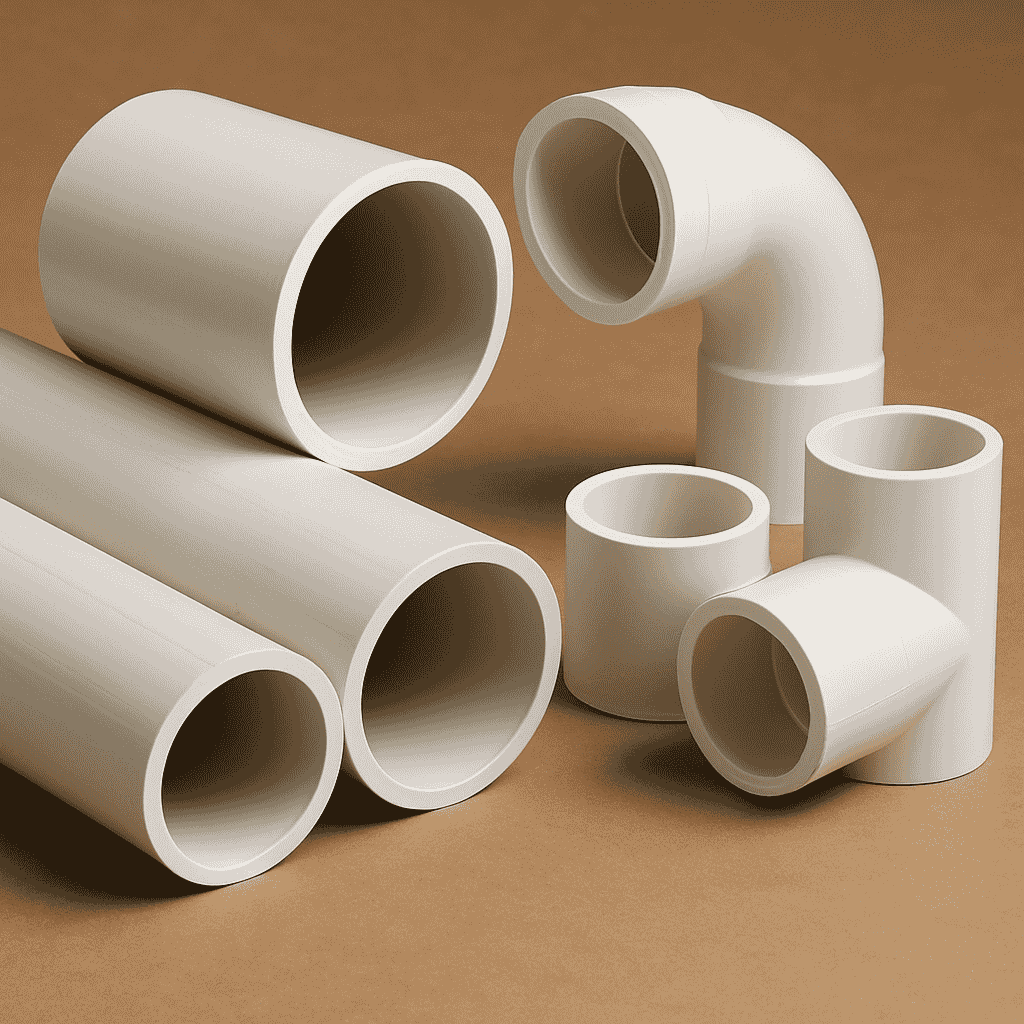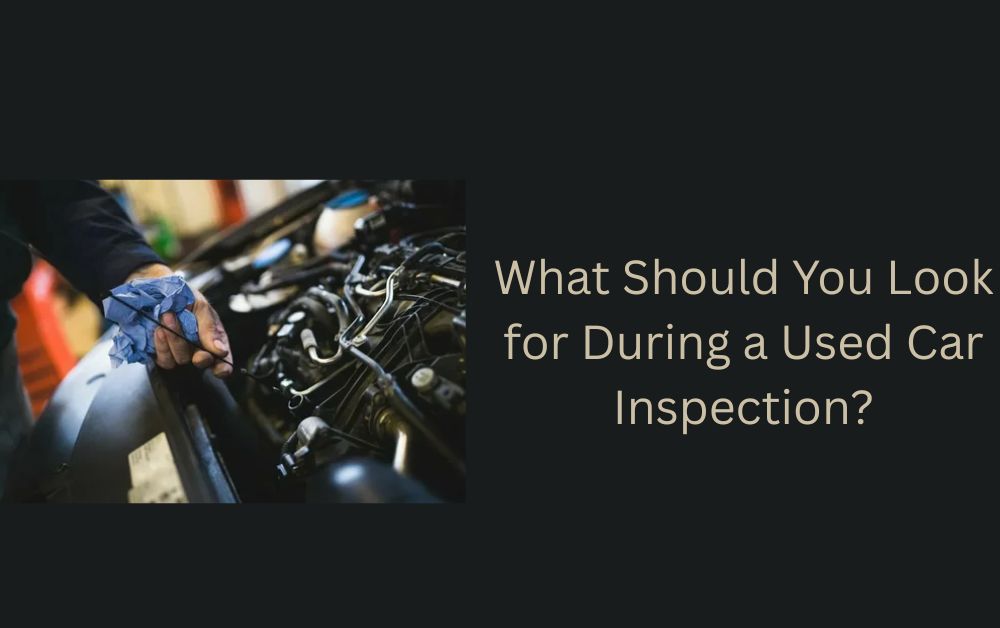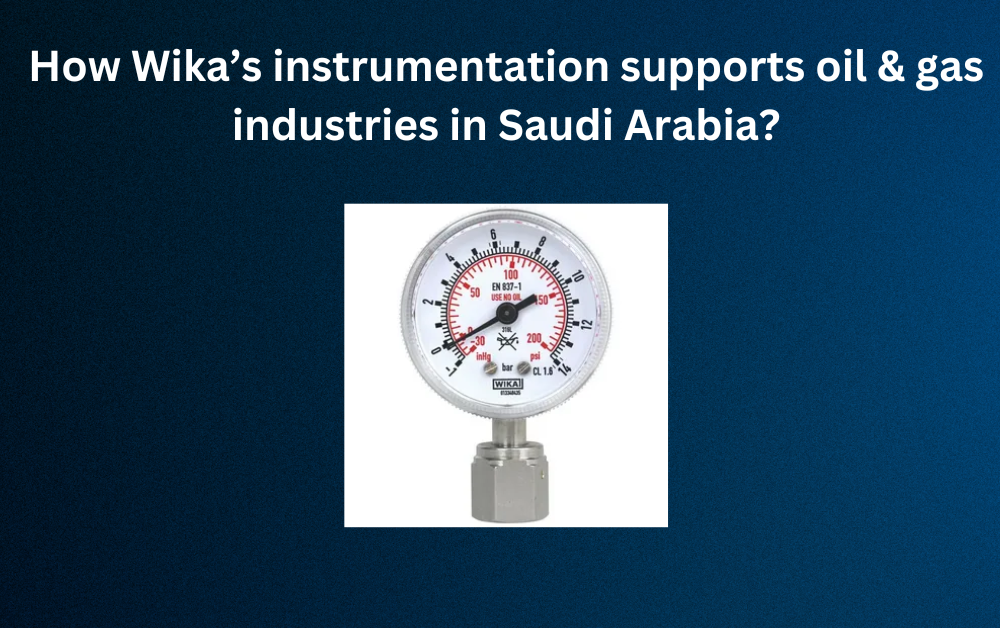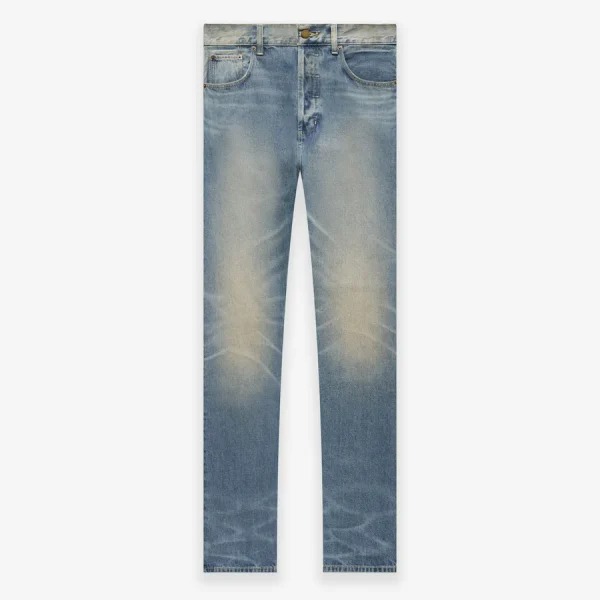Introduction
Corrosion is a silent but destructive force that threatens the longevity and efficiency of plumbing and industrial systems worldwide. In humid climates, the risk intensifies as moisture accelerates the chemical reactions that lead to pipe deterioration. According to the World Corrosion Organization, global corrosion-related damages cost industries over $2.5 trillion annually, accounting for nearly 3% of the world’s GDP. In Pakistan, where cities like Karachi, Lahore, and Islamabad experience fluctuating humidity levels, corrosion is a major concern in construction, water distribution, and industrial piping networks. If left unchecked, it can lead to leaks, structural failures, and costly repairs—posing risks to both infrastructure and human safety.
Schedule 40 pipes, known for their durability and widespread use in plumbing and industrial applications, are particularly vulnerable to corrosion in humid conditions if not properly maintained. These pipes, made from materials like galvanized steel, PVC, and stainless steel, are commonly used in water supply lines, drainage systems, and chemical transport. However, the combination of moisture, oxygen, and environmental pollutants can weaken their structural integrity over time.
So, how can you effectively prevent corrosion in Schedule 40 pipes, ensuring their longevity and reliability in humid climates? This article explores practical, cost-effective, and industry-approved strategies to combat corrosion, helping you protect your investment and maintain system efficiency.
Understanding Corrosion in Humid Climates
What is Corrosion?
Corrosion is the gradual degradation of materials, typically metals, due to chemical reactions with their environment. In the context of Schedule 40 pipes, corrosion can lead to leaks, structural failures, and contamination of transported fluids.
Impact of Humidity on Corrosion
High humidity levels accelerate the corrosion process by increasing the moisture content in the air, which facilitates electrochemical reactions on metal surfaces. In humid climates, condensation can form on pipes, creating a persistent presence of water that promotes rust and other forms of corrosion. Additionally, in coastal areas, salt in the air can intensify corrosion, further compromising pipe integrity.
Factors Contributing to Pipe Corrosion in Humid Environments
Material Susceptibility
The materials used in Schedule 40 pipes, such as carbon steel, are prone to corrosion when exposed to moisture and oxygen. The inherent properties of these materials can make them vulnerable to rust and degradation over time.
Environmental Elements
Several environmental factors contribute to pipe corrosion in humid climates:
- Condensation: Temperature differences between the pipe and the surrounding air can lead to condensation, providing a continuous source of moisture on the pipe surface.
- Salt Exposure: In coastal regions, airborne salt particles can settle on pipes, accelerating the corrosion process.
- Pollutants: Industrial areas may have higher levels of pollutants in the air, which can combine with moisture to form corrosive substances that attack pipe surfaces.
Installation and Maintenance Practices
Improper installation techniques, such as inadequate sealing or the use of incompatible materials, can create points of weakness where corrosion is more likely to occur. Neglecting regular maintenance, such as failing to inspect and clean pipes, allows corrosion to progress unchecked, leading to significant damage over time.
Effective Strategies to Prevent Corrosion
Material Selection
Choosing the right materials is fundamental in preventing corrosion:
- Corrosion-Resistant Materials: Opt for materials like stainless steel or PVC for Schedule 40 pipes, as they offer superior resistance to corrosion compared to traditional carbon steel.
- Protective Coatings and Linings: Applying protective coatings, such as epoxy or polyurethane, creates a barrier between the pipe material and the corrosive environment, significantly reducing the risk of corrosion.
Proper Insulation
Insulating pipes is crucial to prevent condensation and subsequent corrosion:
- Selecting Appropriate Insulation Materials: Use insulation materials that are moisture-resistant and suitable for the operating temperature range of the pipes.
- Installation Techniques: Ensure that insulation is installed correctly, with all joints and seams properly sealed to prevent moisture ingress.
Cathodic Protection
Cathodic protection is an electrochemical method used to prevent corrosion:
- Sacrificial Anode Systems: Attach sacrificial anodes made of a more reactive metal to the pipe. These anodes corrode instead of the pipe, offering protection.
- Impressed Current Systems: Apply an external current to counteract the electrochemical reactions that cause corrosion, suitable for larger or more complex piping systems.
Regular Maintenance and Inspection
Implementing a routine maintenance schedule is vital:
- Inspection Frequency: Conduct regular inspections to identify early signs of corrosion, such as discoloration, pitting, or flaking.
- Maintenance Activities: Perform necessary maintenance, including cleaning, repainting, or replacing affected sections, to address corrosion issues promptly.
Case Studies: Successful Corrosion Prevention
Industrial Application
A manufacturing plant in a coastal region faced significant corrosion issues due to high humidity and salt exposure. By replacing existing carbon steel Schedule 40 pipes with PVC alternatives and applying protective coatings to metal components, the facility significantly reduced corrosion-related maintenance costs and improved system reliability.
Residential Application
In a residential setting, homeowners noticed rust forming on exposed pipes in their basements. They installed proper insulation to prevent condensation and applied a rust-inhibitive primer followed by a protective topcoat to the pipes. Regular inspections ensured that any signs of corrosion were addressed promptly, extending the lifespan of their plumbing system.
Common Mistakes to Avoid
Neglecting Environmental Factors
Failing to consider local environmental conditions, such as humidity levels and salt exposure, can lead to inadequate corrosion prevention measures. It’s essential to assess the specific environmental challenges and tailor prevention strategies accordingly.
Overlooking Regular Maintenance
Skipping regular maintenance and inspections allows corrosion to progress unnoticed, leading to severe damage and costly repairs. Establishing and adhering to a maintenance schedule is crucial for the early detection and mitigation of corrosion issues.
Conclusion
Preventing corrosion in Schedule 40 pipes within humid climates requires a comprehensive approach that includes selecting appropriate materials, implementing protective measures, and maintaining a diligent inspection routine. By proactively addressing the factors that contribute to corrosion, you can ensure the longevity and reliability of your piping systems.
Dive deeper into similar topics on our blog now.












Leave a Reply